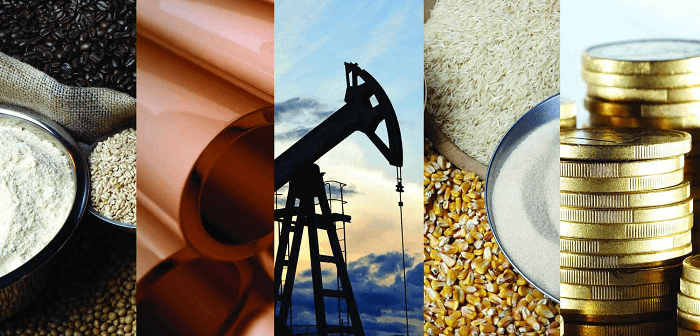The global commodity markets are set for a week of significant developments beginning August 12, 2024, driven by a combination of geopolitical events, economic indicators, and seasonal factors. Here’s an in-depth look at the expected movements across key commodity sectors, including energy, metals, and agriculture.
Energy Markets: Oil and Natural Gas
Oil: Brent crude oil prices have been experiencing fluctuations recently, hovering around the $80 per barrel mark. This week, market participants will closely monitor the outcomes of the upcoming OPEC and International Energy Agency (IEA) meetings, which are expected to offer new forecasts and potentially impact prices. The geopolitical tensions in the Middle East, particularly in relation to Israel and Gaza, continue to inject uncertainty into the market, making short-term predictions challenging. However, analysts suggest a moderately optimistic outlook for Brent, with potential price stabilization around the $80-$85 range depending on the outcomes of these meetings and further developments in the geopolitical landscape.
Natural Gas: Natural gas prices, particularly in Europe, remain sensitive to supply disruptions and the overall economic slowdown. After a significant decline in the first half of 2024, prices are expected to stabilize this week as demand picks up slightly with the approaching colder months. In the U.S., the Henry Hub natural gas benchmark has seen a moderate decline, but this week could see a slight rebound if inventory reports show a tightening of supplies.
Metals Markets: Gold, Silver, and Base Metals
Gold: Gold prices have been relatively stable but are currently trading above the $2,400 per ounce mark, close to their all-time high. This week, the focus will be on U.S. economic data, particularly inflation figures, which could influence the Federal Reserve’s monetary policy decisions. A higher-than-expected inflation rate could drive gold prices further up as investors seek safe-haven assets. Conversely, signs of a slowing inflation could lead to a pullback in gold prices. Nevertheless, the overall sentiment remains bullish for gold, with the potential for prices to rise further if economic uncertainties persist.
Silver: Silver has also followed a similar trajectory, though with slightly more volatility compared to gold. Industrial demand, particularly from the renewable energy sector, continues to underpin silver prices. However, the market could see some fluctuations this week based on the strength of the U.S. dollar and industrial production data from major economies. Analysts expect silver to remain within the $23-$25 per ounce range, with potential upside if industrial demand shows signs of strengthening.
Base Metals: Copper, often considered a barometer for global economic health, has been under pressure due to slowing demand from China. This week, the market will be watching for any signs of policy stimulus from Beijing, which could provide a much-needed boost to copper prices. Aluminum and nickel, on the other hand, are expected to see slight gains, supported by their critical role in the ongoing global energy transition. The medium-term outlook for these metals remains positive, with prices expected to recover as global demand for electric vehicles and renewable energy infrastructure increases.
Agricultural Commodities: Grains, Cocoa, and Coffee
Grains: The grain markets have been volatile, driven by weather-related disruptions and geopolitical factors such as the ongoing war in Ukraine. Wheat and corn prices have faced downward pressure due to improved supply conditions, but any adverse weather events linked to the El Niño phenomenon could quickly reverse this trend. This week, traders will be closely monitoring weather forecasts and crop reports from major producing regions. If El Niño intensifies, it could lead to significant price spikes, particularly in corn and soybeans.
Cocoa and Coffee: Cocoa prices have surged in recent months, nearly doubling year-to-date, largely due to supply concerns from West Africa, the world’s largest cocoa-producing region. This trend is expected to continue this week as markets remain tight. Coffee prices, particularly Arabica, have also been on the rise, driven by strong demand and supply challenges in Brazil. Market analysts suggest that both cocoa and coffee could see further price increases this week if supply constraints persist.
Conclusion: Key Factors to Watch This Week
This week, the commodity markets are expected to be influenced by a combination of geopolitical developments, economic data releases, and weather conditions. Energy markets will be particularly sensitive to the outcomes of OPEC and IEA meetings, while metals and agricultural commodities will react to economic indicators and supply dynamics.
Investors and traders should remain vigilant, as the confluence of these factors could lead to significant price movements across the board. With the ongoing uncertainties, particularly in the geopolitical and economic spheres, the commodity markets are likely to remain volatile, offering both opportunities and risks for market participants.





